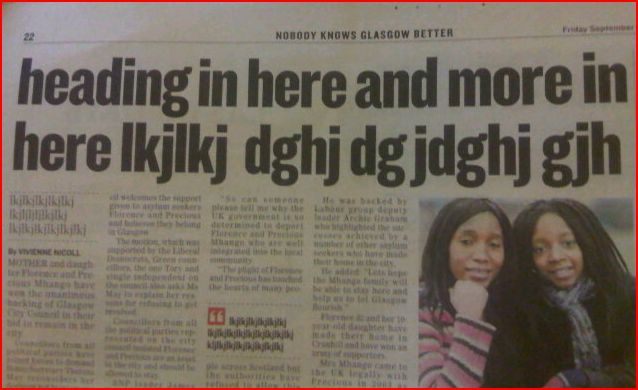For those designing (or redesigning) a news site, this 10,000 Words blog is worth a look. It concentrates on four ‘fixable sins’ of news site design: swamps of share buttons; layers of navigation; avalanches of links; cluttered sidebars.
Let’s be honest: In general, news site design isn’t pretty. I know I’m not the first or last to say it, but I do have a theory about why. It starts off innocently enough — an article, navigation, some ads. But as new tools, gadgets, buttons, widgets, extensions and plugins are introduced to the news consumption scene, that once simple design becomes cluttered with bells and whistles that hold the content hostage.
